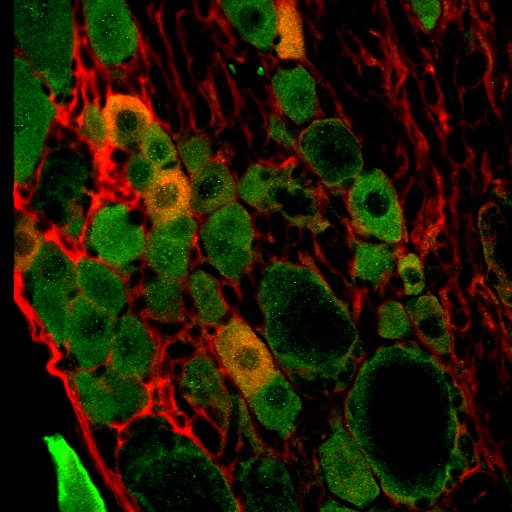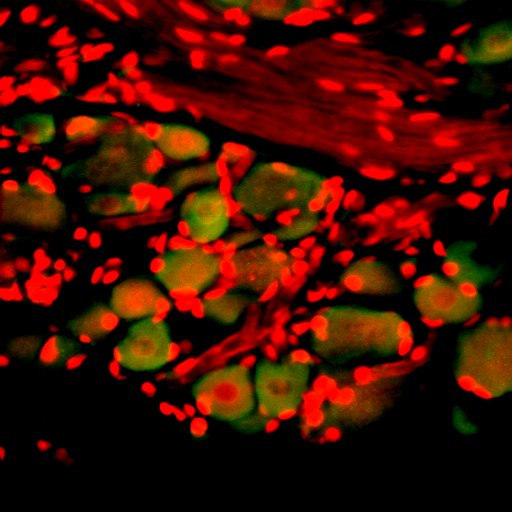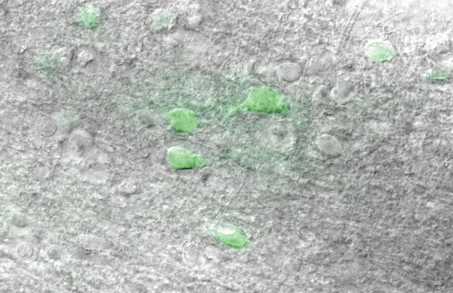The sensation of pain is a complex function involving sensory, emotional and cognitive processes. It is of enormous value to an organism, allowing for the identification and the timely response to a potential damaging stimulus. It is initiating protective behavioral responses and triggering memory mechanisms enabling so the learning of new environmental dangers. Under certain situations (tissue damage, disease) pain might persist beyond the initial injury (chronic pain). This has serious consequences on the quality of life, causing suffering, anxiety and depression.
Our lab investigates mechanisms of chronic pain. Damage to the peripheral sensory system often lead to the chronicity of pain. In this context we are interested in how different components of the peripheral sensory system (for example TRPA1 channels) are involved in the development of neuropathic pain. Chronic pain development is associated with altered functionality in the central
nervous system. Such plastic alterations might influence both the sensory and the affective component of pain sensation. We are using behavioral, electropysiological and imaging techniques to investigate the manifestation of neuropathic pain in cortical circuits.






